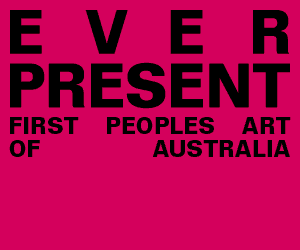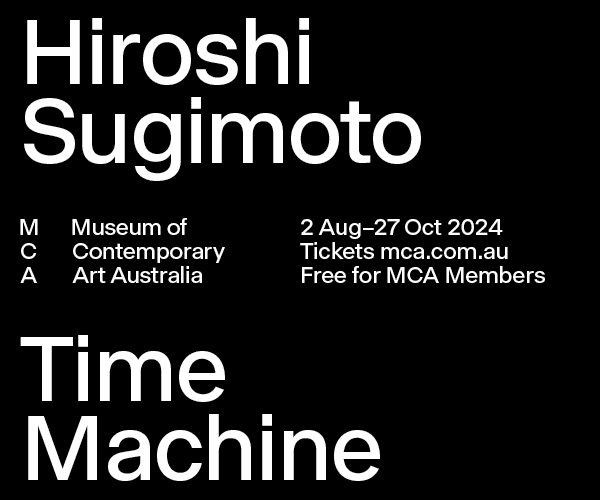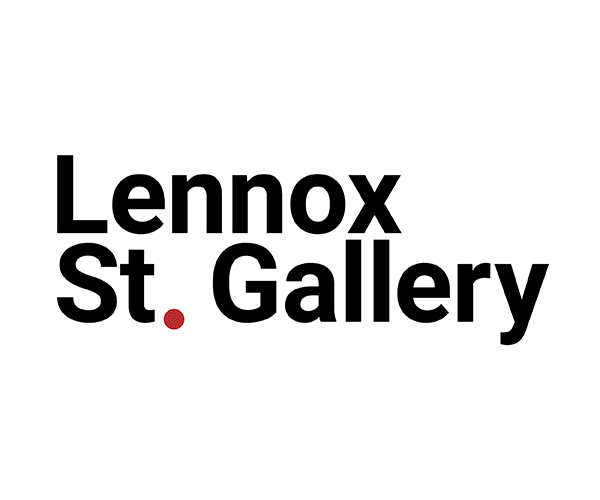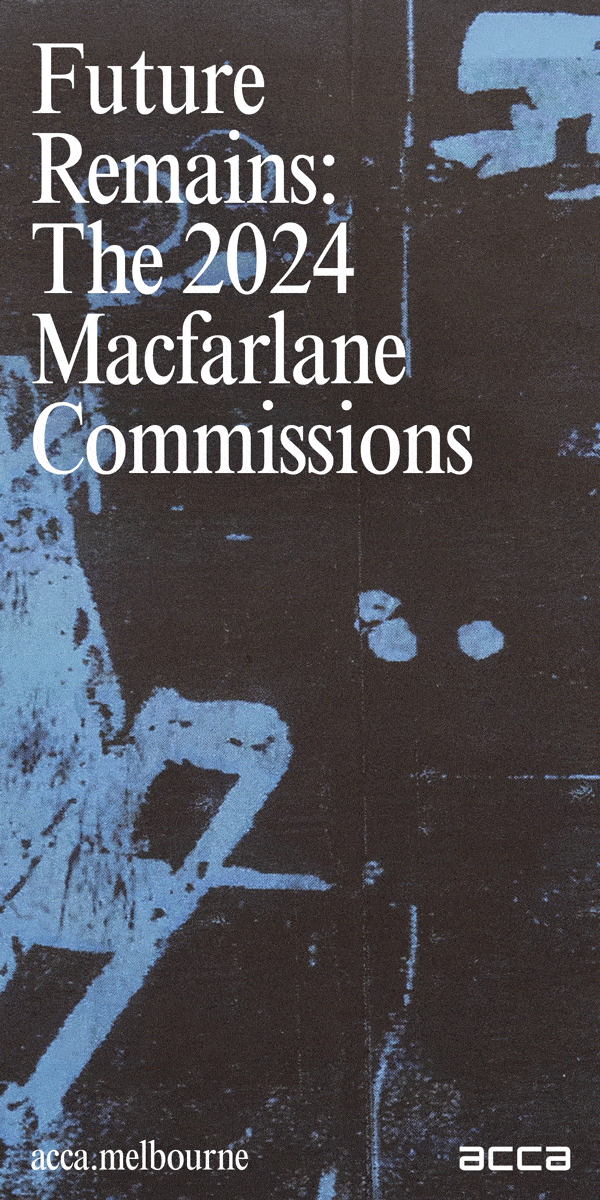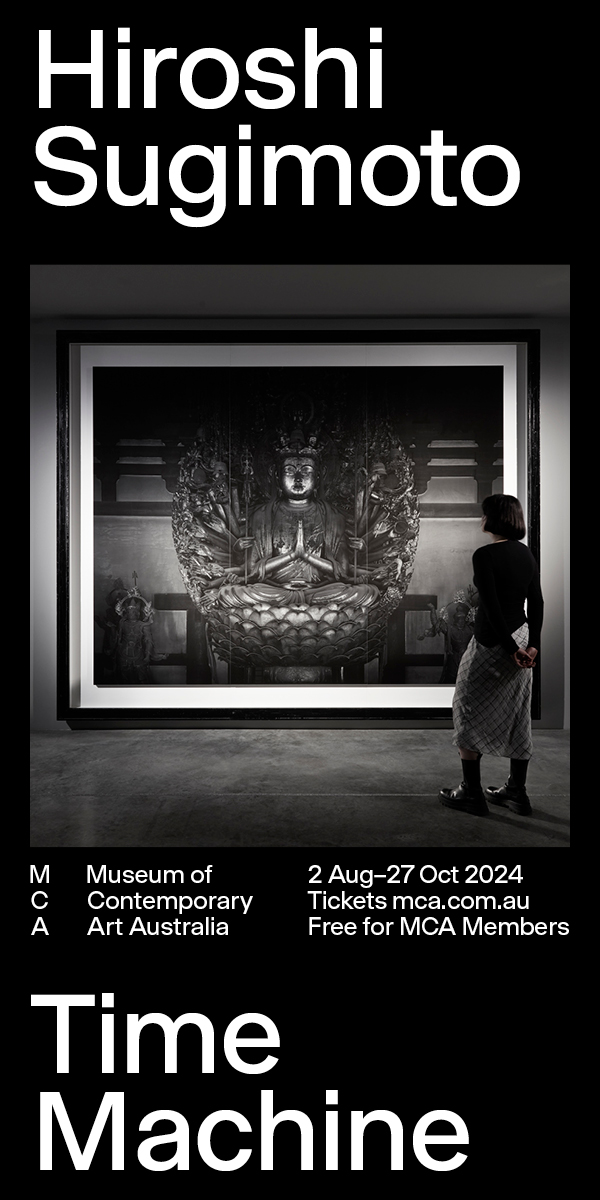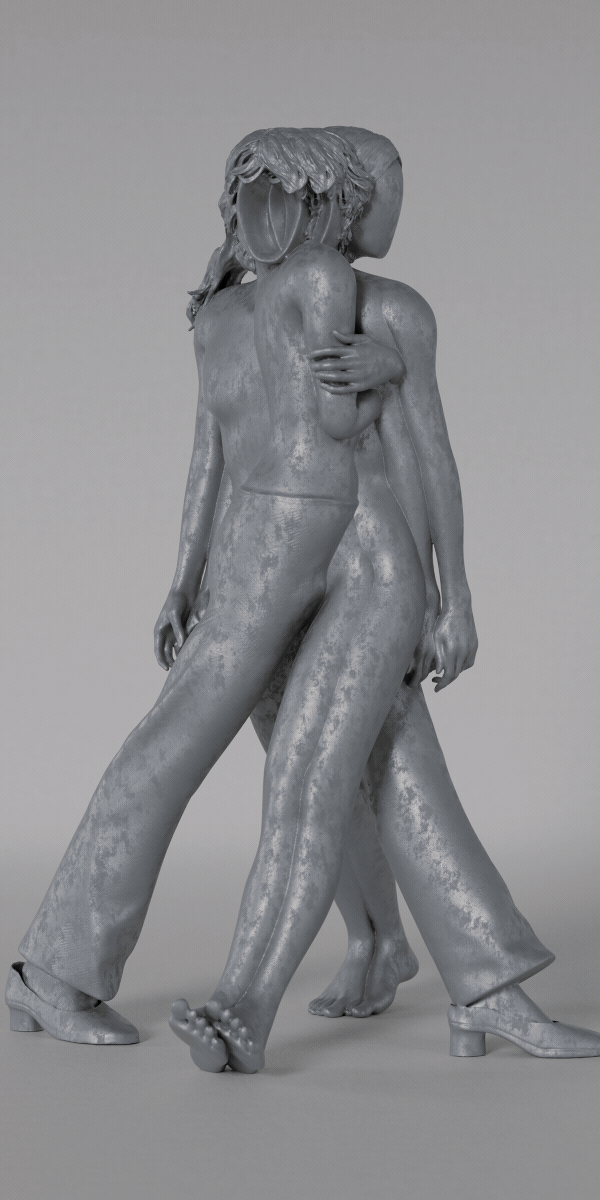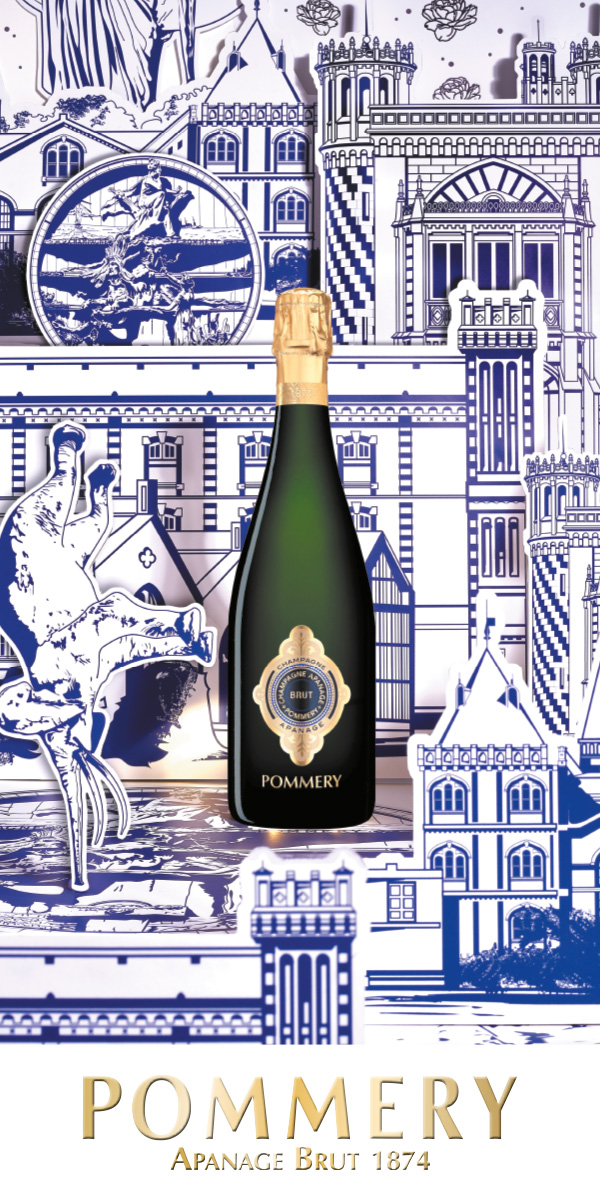Dušan Marek
The radically experimental art of Czech-Australian surrealists Dušan and Voitre Marek has often been overlooked in Australia’s post- war modern art landscape.

Image credit: Voitre Marek, Gibraltar IRO, 1948, on board the SS Charlton Sovereign, oil on board, 29.0 x 20.5 cm, d’Auvergne Boxall Bequest Fund 1996, Art Gallery of South Australia, Adelaide. Courtesy Art Gallery of South Australia, Adelaide © Estate of Voitre Marek
“The sea is an enormous windmill. It will crush anyone who loves it,” wrote Dušan Marek in his notebook. It’s difficult to fathom the swell of emotional turmoil, sensory perceptions and artistic impulses that must have churned inside Czech artists and brothers Dušan and Voitre Marek during their three-month migration to Australia in 1948. They had never seen the sea before this journey.
The Marek brothers are not necessarily household names in Australia’s modern art canon, nor are they widely recognised for their multifaceted variant of Surrealism, informed by 1930s Bohemian intellect and the expression of what one might call ‘visual poetry’, which would polarise Australia’s modern landscape. Only recently has Dušan and Voitre Marek’s work been rediscovered in Australia, in light of major survey exhibitions like Surrealists at Sea (2021) at the Art Gallery of South Australia (AGSA). Their enigmatic paintings and drawings expressed ambiguous internal states and psychological landscapes; their sculptures and photography evoked a complex sense of self-identity as émigré artists; and their radical explorations foregrounded a new wave of surrealist experimentation in post-war Australia.
Escaping Czechoslovakia’s political turmoil in the wake of World War II, Voitre Marek (1919–99) and his younger brother Dušan Marek (1926–93) migrated to Australia seeking a new life in the land Voitre once called the ‘Paradise of ... Subscribe to read all articles in full





